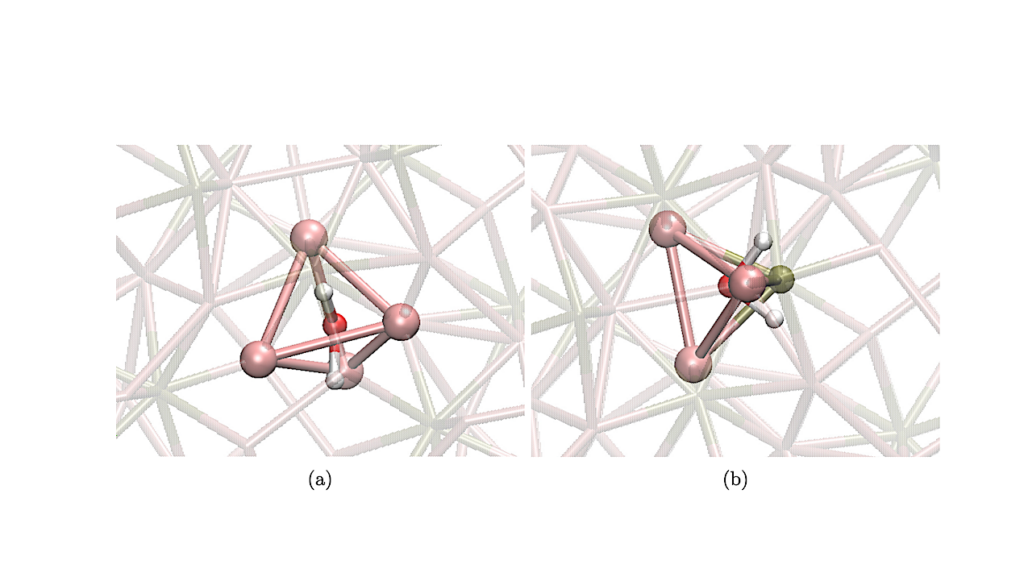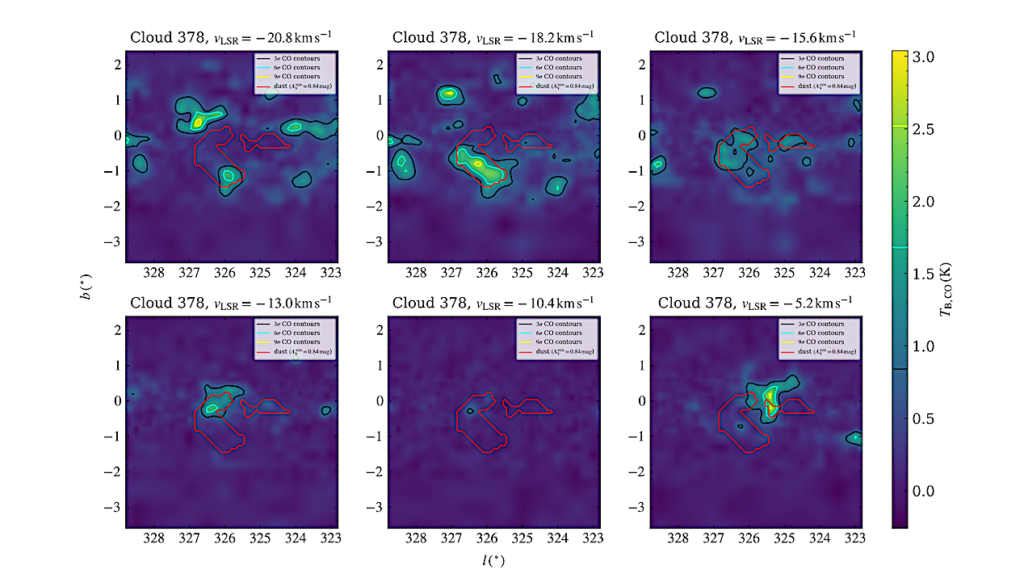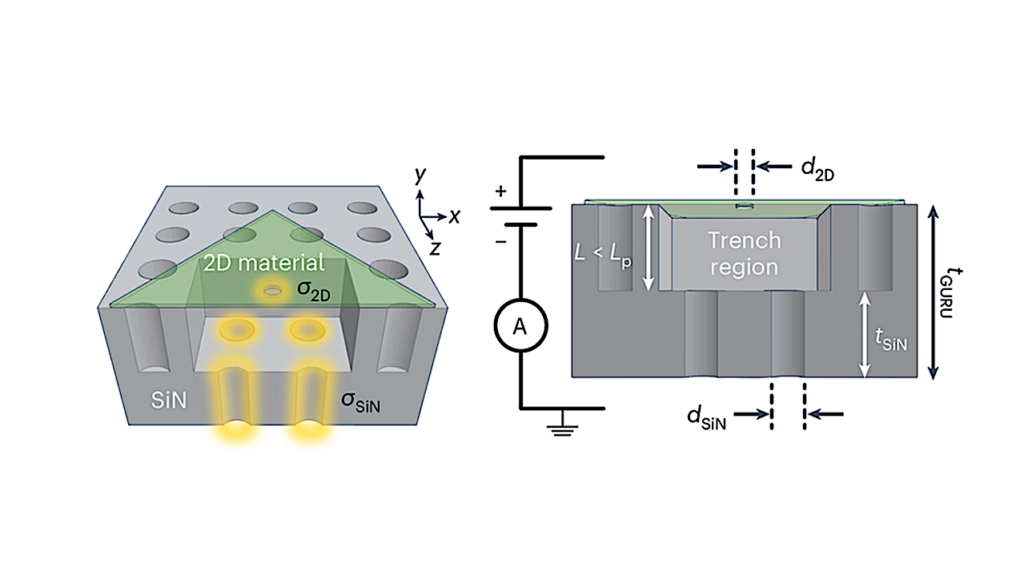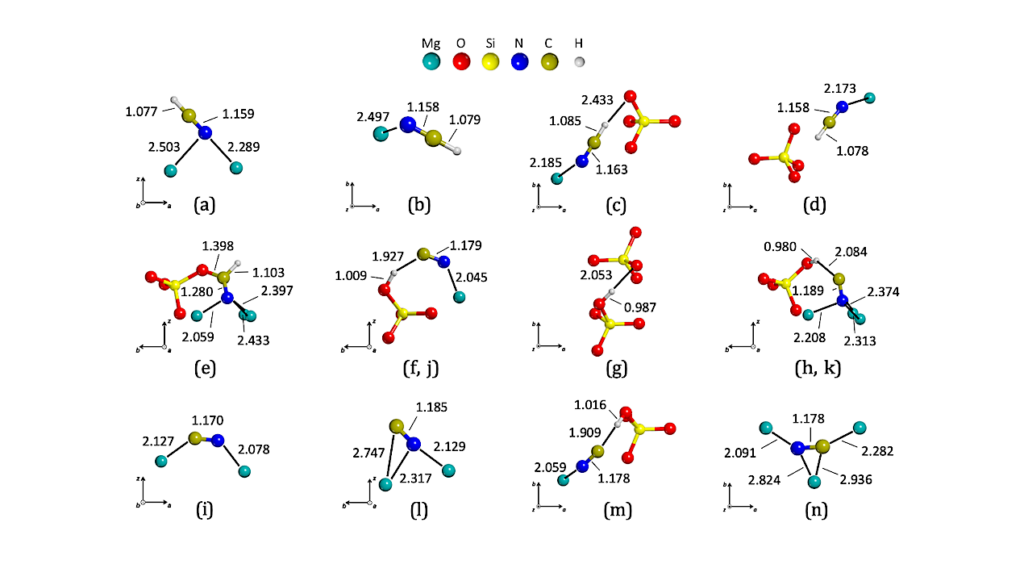A Structural Perspective on the Temperature-dependent Activity of Enzymes
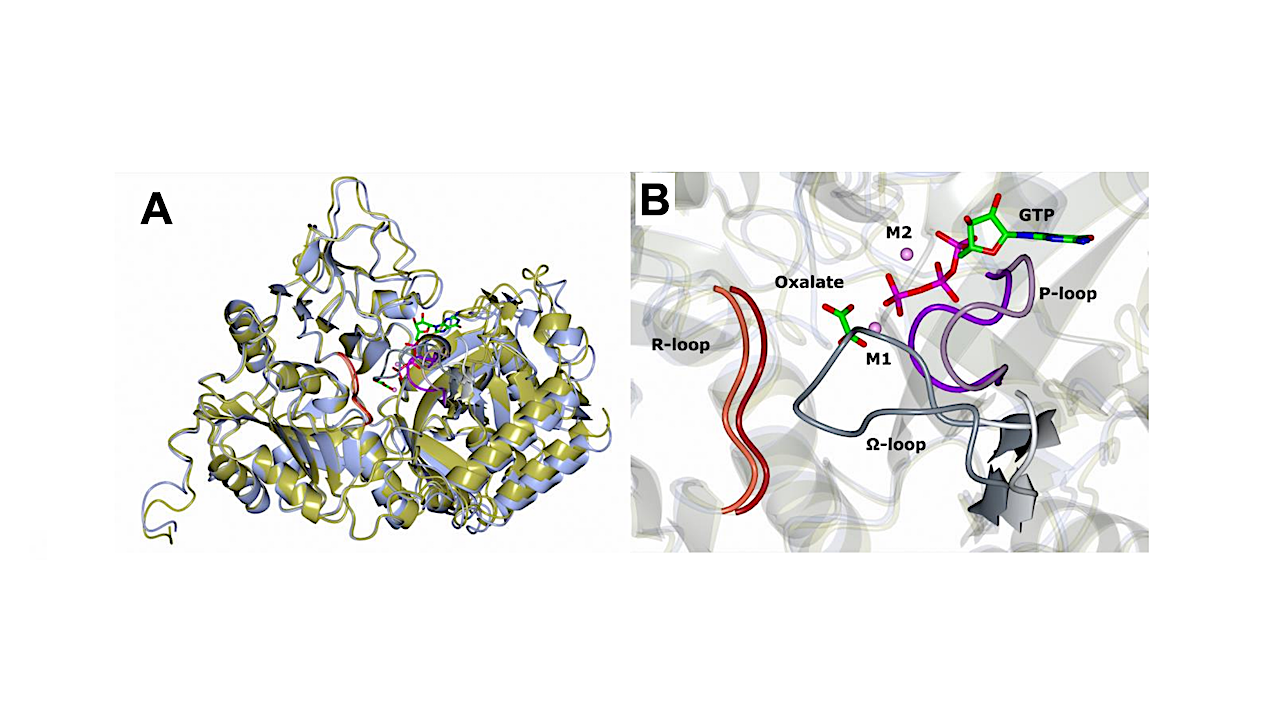
Enzymes are biomolecular catalysts whose activity varies with temperature. Unlike for small-molecule catalysts, the structural ensembles of enzymes can vary substantially with temperature, and it is in general unclear how this modulates the temperature dependence of activity.
Here multi-temperature X-ray crystallography was used to record structural changes from −20°C to 40°C for a mesophilic enzyme in complex with inhibitors mimicking substrate-, intermediate-, and product-bound states, representative of major complexes underlying the kinetic constant kcat. Both inhibitors, substrates and catalytically relevant loop motifs increasingly populate catalytically competent conformations as temperature increases.
These changes occur even in temperature ranges where kinetic measurements show roughly linear Arrhenius/Eyring behavior where parameters characterizing the system are assumed to be temperature independent.
Simple analysis shows that linear Arrhenius/Eyring behavior can still be observed when the underlying activation energy / enthalpy values vary with temperature, e.g., due to structural changes, and that the underlying thermodynamic parameters can be far from values derived from Arrhenius/Eyring model fits.
Our results indicate a critical role for temperature-dependent atomic-resolution structural data in interpreting temperature-dependent kinetic data from enzymatic systems.
Matthew J. McLeod, Sarah A. E. Barwell, Todd Holyoak, Robert Edward Thorne
A structural perspective on the temperature-dependent activity of enzymes
Abstract
Preprint
Astrobiology




